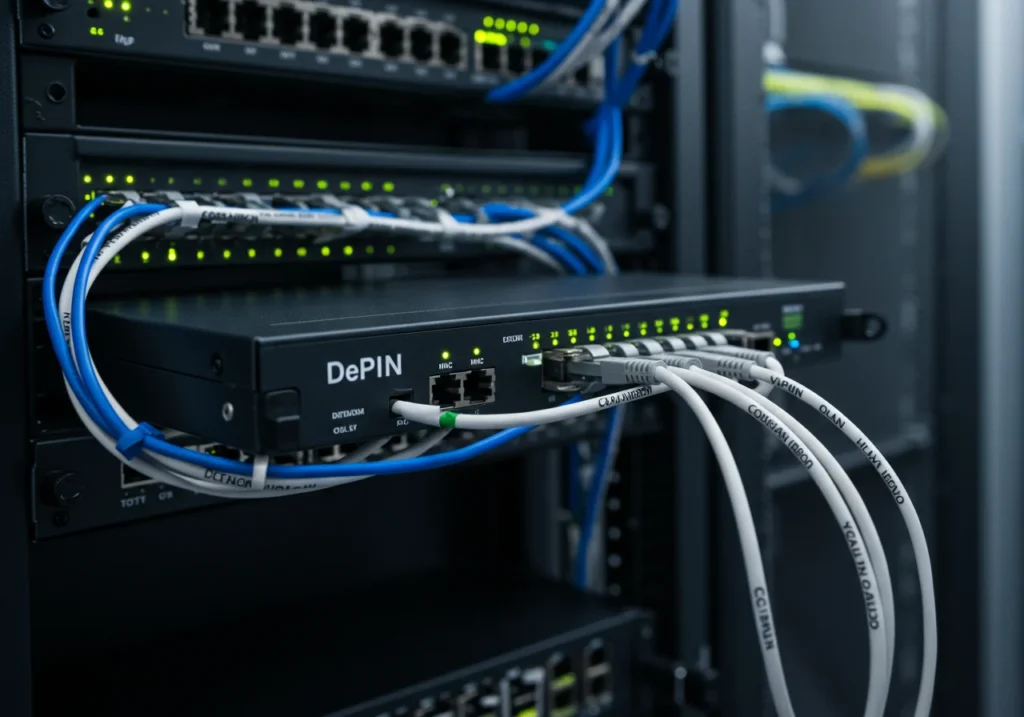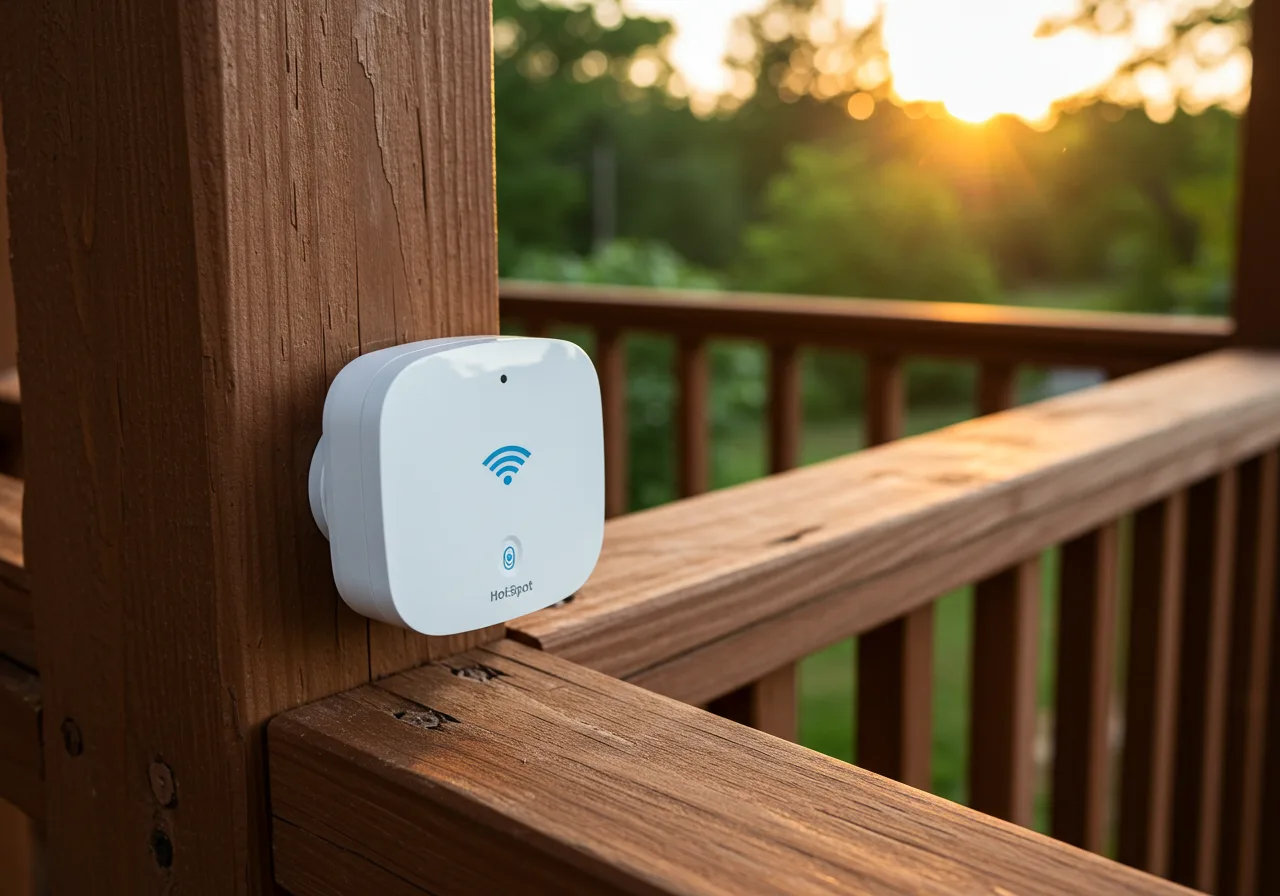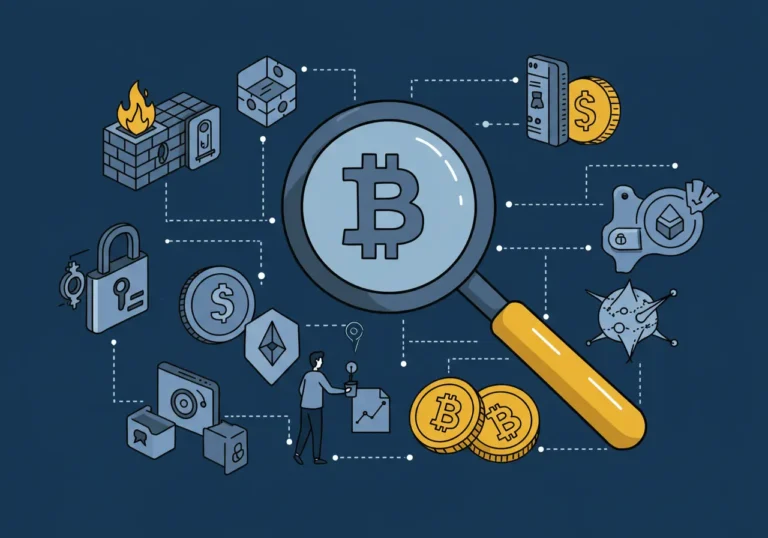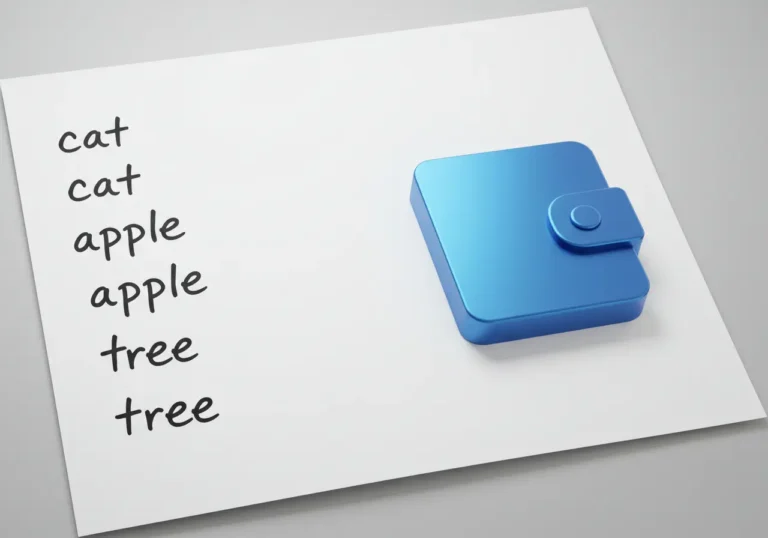DePIN Explained | How to Safely Participate in Decentralized Physical Networks
DePIN is a new idea with real opportunities, but it also brings real responsibilities. In the next pages I’ll explain, in plain language, what a Decentralized physical infrastructure network is, why people join, what can go wrong, and how you can safely join DePIN step by step.
What is DePIN? A plain, simple explanation

DePIN stands for Decentralized Physical Infrastructure Network. It’s an umbrella term for systems where people install or run physical devices — like hotspots, sensors, routers, or storage nodes — and those devices are rewarded using tokens or other incentives.
A few concrete examples make it easier:
- A neighborhood installs wireless hotspots. People get tokens when others use them.
- Homeowners place environmental sensors that report air quality, and they are rewarded for accurate data.
- Individuals host small storage servers and earn payment for reliable uptime.
At its core, DePIN connects the physical world (devices) to token-based economic incentives. The promise is to build useful infrastructure collectively rather than rely on big, centralized companies.
Why people want to join DePIN networks
People join for many reasons:
- Extra income from idle devices or spare bandwidth.
- Belief in decentralized systems and community ownership.
- Desire to support local services (better coverage, local data).
- Interest in being early adopters of new tech.
But enthusiasm should be balanced with caution. Before you place a device, ask: what data will it share? Who controls the keys? How does it handle outages or theft? Understanding these points is part of how to safely engage in DePIN.
How a DePIN system typically works (easy steps)
- A device maker publishes hardware and setup instructions.
- Users buy or assemble a device and register it to the network.
- The device proves it’s doing work (providing coverage, storing data, sensing conditions).
- The network verifies proof and rewards the host with tokens or credits.
- Token value and rules vary by project.
Many DePINs rely on automated proofs and on-chain records. These proofs try to ensure the device actually does what it claims. Still, proofs can be flawed or gamed if designers aren’t careful.
Common categories of DePIN projects
Understanding categories helps you pick what fits you:
- Connectivity DePINs: community Wi-Fi, LoRaWAN coverage, or mesh networks.
- Sensing DePINs: environmental sensors, traffic monitors, or noise detectors.
- Storage DePINs: distributed hard drive hosting for files and backups.
- Compute DePINs: renting spare CPU cycles or specialized compute for tasks.
- Mobility DePINs: networks of scooters, EV chargers, or telemetry devices sharing data.
Each type has different hardware, legal, and security considerations. Read the project’s materials carefully before joining.
Security and privacy risks you should know
Joining a DePIN can be safe, but there are common vulnerabilities:
- Data exposure: devices may collect or transmit sensitive information.
- Physical risk: your equipment could be stolen or tampered with.
- Network attacks: bad actors could pretend to be many devices (Sybil attacks).
- Regulatory risk: some networks may conflict with local laws (radio rules, privacy rules).
- Economic risk: token rewards can fall in value, making the project unprofitable.
- Supply-chain risk: hardware could come with backdoors or poor firmware.
Knowing these risks helps you decide whether to join and how to protect yourself.
How to evaluate a DePIN project before you join
Treat any DePIN like a small business decision. Use these checkboxes:
- Read the whitepaper and docs. Do they explain how devices prove work? Are rewards clear?
- Check the team and community. Real identities, active discussion, and sensible responses are good signs.
- Look for audits and independent reviews. Device firmware, proof systems, and smart contracts should be audited.
- Understand legal compliance. Is the project compliant with local radio, privacy, and data laws?
- Study tokenomics. How are tokens distributed? Is there inflation? Is the reward model sustainable?
- Test the hardware. Look for reputable manufacturers and clear warranty/service options.
- Assess privacy implications. What data is sent, stored, and visible on-chain?
If a project fails several checks, it’s wise to step back.
Practical safety steps: how to safely join DePIN
You can participate while minimizing risk. Here’s a practical routine:
1. Start small
Install a single unit or participate in a pilot program. Treat it as an experiment.
2. Separate networks
Place the DePIN device on its own network or VLAN. Don’t connect it to your main home devices. This reduces attack surface.
3. Harden device security
Change default passwords, disable unnecessary services, keep firmware updated, and enable firewalls.
4. Protect physical access
Bolt down the device or place it in a secure spot. Use tamper-evident seals where possible.
5. Privacy controls
If the device sends location or personal data, check if the project offers anonymization or aggregation options. Opt in only when comfortable.
6. Use hardware wallets for rewards
If tokens are earned, use a secure wallet or hardware wallet to receive funds. Avoid leaving large balances on exchange accounts tied to the project.
7. Monitor performance and logs
Set up alerts for unusual behavior: high bandwidth, repeated restarts, or unexpected connections.
8. Keep records
Document purchase receipts, warranties, firmware versions, and key configuration steps. This helps in disputes or hacks.
These steps form a practical Decentralized physical infrastructure network guide for safety.
Real-world example: joining a community hotspot project
Imagine a community wireless project that rewards you for hosting a hotspot:
- You buy the recommended hardware and register it.
- During setup, you place the hotspot in an area with good coverage, but on a separate SSID from your home network.
- You change login defaults, enable automatic updates, and lock physical access.
- The hotspot participates in a proof-of-coverage system, which periodically records signals to the blockchain.
- Your rewards are distributed to a wallet you control; you keep the wallet cold when not withdrawing.
If anyone asks you for your private keys to “speed up” rewards, treat that as a scam. No legitimate project should ask for your private keys.
Economic and legal considerations
Before buying hardware, consider:
- Payback period: Will token rewards cover hardware and electricity costs?
- Tax implications: Earnings may be taxable income. Keep clear records and consult a tax professional.
- Local regulations: Some countries restrict certain radio bands or require permits. Check before activating devices.
A well-considered financial and legal plan avoids unpleasant surprises.
How projects protect themselves and you

Good DePIN projects use several defenses:
- Proof systems that are hard to fake (proof-of-coverage, proof-of-storage).
- Rate limits and stake requirements to raise the cost of attacks.
- Open-source firmware and hardware so others can audit and improve security.
- Bug bounties and audits to find vulnerabilities before mass rollout.
- Community governance so issues are debated publicly and transparently.
When choosing a project, prefer those that invest in these protections.
What to do if something goes wrong
If you suspect a problem:
- Disconnect the device from your network and power.
- Check project channels for notices — others may be affected.
- Keep logs and records for troubleshooting and reporting.
- Contact the project’s support or community moderators.
- If you lose funds, report to exchanges and consider legal advice if losses are large.
Fast action helps limit harm.
Conclusion — thoughtful participation beats haste
DePIN opens a new path for people to earn and build public infrastructure together. It can be rewarding — financially and socially — but it asks for responsibility. You don’t need to be a security expert to participate safely. Start small, separate the device from your main systems, secure hardware and keys, check the project thoroughly, and keep clear records.
If you move cautiously and follow sensible protections, you can help build useful infrastructure without undue risk. That’s the point: shared benefits with shared care.
Main takeaways
- DePIN connects physical devices to token rewards.
- Understand how a project proves work and issues rewards.
- Always safely join DePIN by starting small and isolating devices.
- Protect your keys with hardware wallets and secure firmware.
- Check legal and tax obligations before deploying hardware.
- Prefer projects with audits, open-source designs, and active communities.
- Monitor devices and be ready to disconnect if something looks wrong.
- Keep clear records and don’t share private keys with anyone.
Frequently Asked Questions
Q: How do I start participating in a DePIN project?
A: Choose a reputable project, read docs, buy recommended hardware, set up on a separate network, secure the device, and begin with one unit. Test the process before scaling.
Q: Will my home network be exposed if I run a DePIN device?
A: Not if you isolate the device on a separate VLAN or guest network and follow security steps like changing default credentials and enabling firewalls.
Q: Are DePIN rewards taxable?
A: Often yes. Token rewards are commonly treated as income or property. Keep records and consult a tax professional for your jurisdiction.
Q: What is proof-of-coverage?
A: It’s a mechanism some DePINs use to verify a device is actually providing wireless coverage by exchanging signals and recording verifiable events.
Q: Can DePIN hardware be hacked?
A: Like any device, it can be targeted if not secured. Use official firmware, update regularly, and physically secure the device.
Q: How do I know a DePIN project is legitimate?
A: Look for transparency, auditors, an active community, clear tokenomics, and open-source components. If a project pressures you to buy quickly, be cautious.
Table of Contents

Hello, I’m Edmilson Dias, founder of CoinBringer. I created this platform to guide people through the fast-moving world of cryptocurrency with clarity and safety. With years of research in blockchain and digital security, my goal is to translate complex topics into practical knowledge, offering reliable tutorials, safety insights, and guidance for both newcomers and experienced users.
Discover more from CoinBringer
Subscribe to get the latest posts sent to your email.







